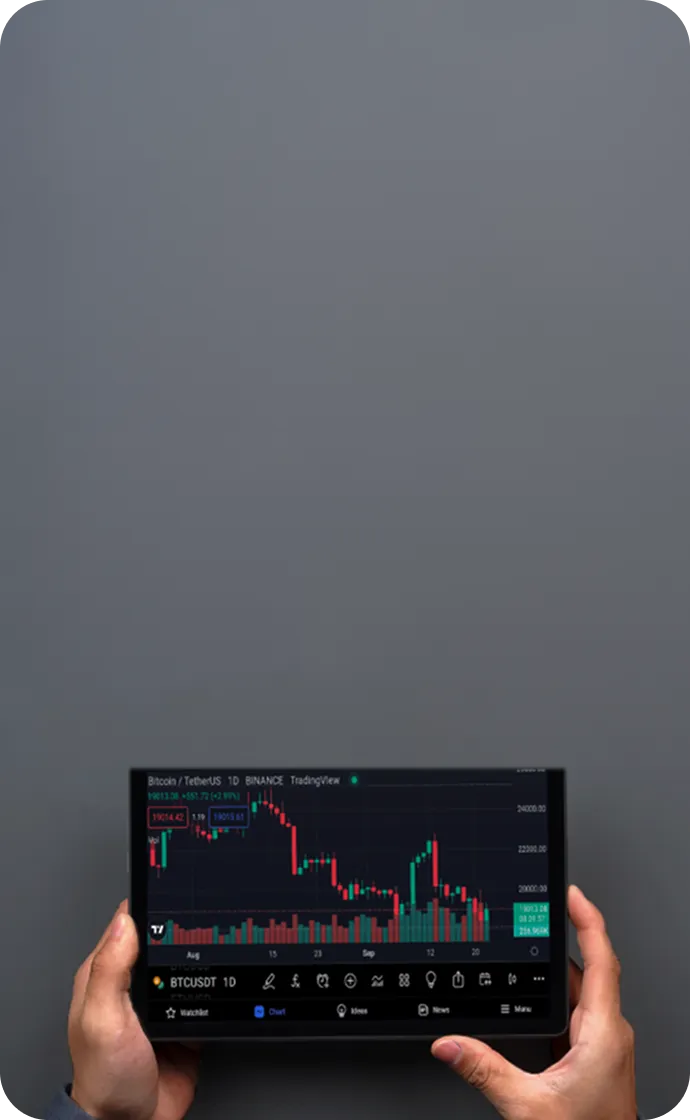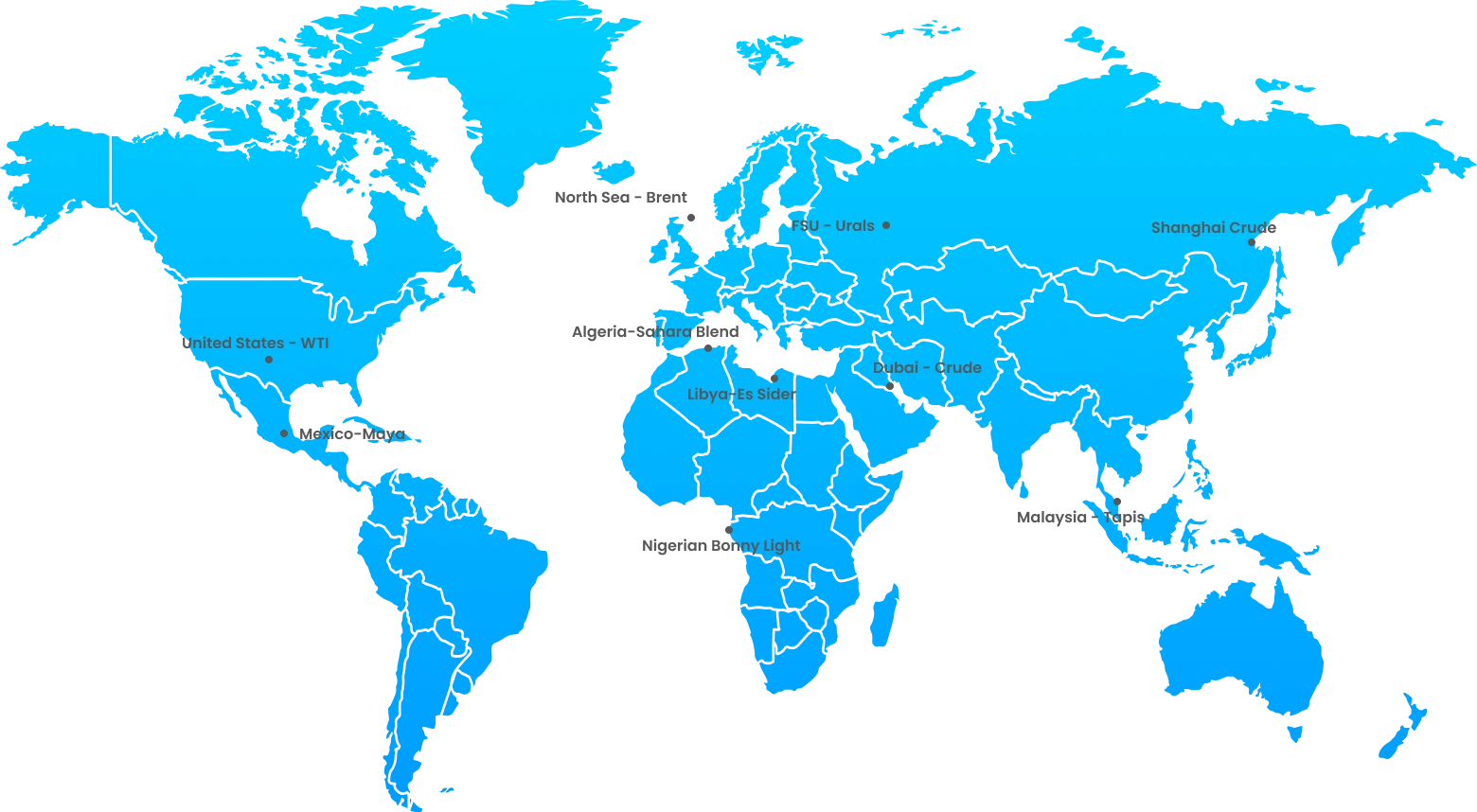

Trading Brent Crude Oil: A Comprehensive Guide
Crude oil is essential to modern life, forming the basis for petroleum products, plastics, and numerous other vital commodities. Beyond its physical applications, crude oil is a crucial component of global financial markets, with its price serving as a key benchmark that impacts markets and economies worldwide. Among the two primary benchmarks—Brent crude and West Texas Intermediate (WTI)—Brent crude is globally significant, as it is used to price over 80% of physically traded oil. This guide covers the fundamentals of trading Brent crude oil, factors influencing its price, and strategies for effectively navigating this dynamic market.
Key Highlights
What is Brent Crude Oil?
Brent crude is a light, sweet crude oil extracted from the North Sea, prized for its ease of refining.Significance in Global Markets:
Brent crude serves as a global energy price benchmark and influences economic policies worldwide.Trading Opportunities:
Traders can access Brent crude via futures contracts, options, ETFs, equities, and CFDs.
Understanding Brent Crude Oil

Brent crude originates from multiple North Sea oil fields, including Brent, Ekofisk, Forties, and Oseberg. Its desirable characteristics—light density and low sulfur content—make it easier to refine into gasoline and diesel fuels, driving strong demand.
This light, sweet crude oil acts as a global pricing benchmark, influencing approximately 78% of traded crude oil prices. Despite declining output from original fields, newer North Sea production sustains the Brent Blend’’s market prominence.
A Snapshot of Brent Crude’’s History
Discovery and Benchmark Establishment:
The 1969 Ekofisk discovery marked the North Sea’s first offshore oil find. By 1971, the Brent field was identified, and subsequent blends like “Brent Blend” established standardized pricing benchmarks.Market Influence:
Brent crude became the pricing reference for European and Asian markets, shaping global oil trade. Despite supply declines, it remains central due to its favorable refining qualities.Modern Role:
Today, Brent crude continues as a cornerstone of energy markets, adapting to evolving supply dynamics and the global energy transition.
Why Trade Brent Crude Oil?
1. Diversification
Brent crude provides an alternative asset class to equities, reducing portfolio risk due to its low correlation with stock markets.
2. Inflation Hedge
With intrinsic value independent of fiat currencies, Brent crude maintains purchasing power during inflationary periods.
3. Safe Haven Asset
Crude oil’s essential role during market downturns or crises helps preserve value, offering traders stability.
4. Volatility Opportunities
Price volatility creates opportunities for hedging and speculative trading.
What Influences Brent Crude Prices?
Supply and Demand
Economic growth drives demand; geopolitical tensions and OPEC production decisions can restrict supply.
Futures markets often amplify short-term price fluctuations.
Macroeconomic Factors
Inflation rates, interest rates, and currency movements impact oil demand and pricing.
Policy changes, including green energy initiatives, influence long-term supply trends.
Geopolitical Risks
Conflicts in oil-producing regions or strategic production cuts by OPEC can significantly affect prices.
How to Trade Brent Crude Oil
Open a Trading Account
Select a reputable broker offering flexible trading platforms and competitive spreads, such as TMGM.Choose Your Instrument
Futures: Suitable for experienced traders seeking direct exposure to oil price movements.
CFDs: Ideal for retail traders targeting short-term profits without owning the physical commodity.
Conduct Research and Analysis
Utilize fundamental analysis to assess geopolitical developments and economic indicators.
Apply technical indicators such as Exponential Moving Averages (EMA) and Relative Strength Index (RSI) to identify market trends.
Implement Risk Management
Set stop-loss and take-profit orders.
Manage position sizes and use leverage prudently.
Brent Crude Trading Strategies
Day Trading
Leverage intraday price volatility for rapid gains, requiring precise execution and risk control.
Swing Trading
Based on market sentiment and news, hold positions for several days or weeks to capture larger price movements.
Trend Following
Identify and align with prevailing market trends using tools like EMA.
Sentiment and News Trading
Trade based on market sentiment or breaking news, such as geopolitical conflicts or economic data releases.
Trade Brent Crude with TMGM
TMGM offers a premier platform for trading Brent crude oil, featuring:
Tight Spreads: Reduce trading costs with spreads starting from 0.0 pips.
Advanced Tools: Access MetaTrader 4, MetaTrader 5, and TMGM’s mobile app for seamless trading.
Comprehensive Resources: Benefit from market insights and educational support.
Flexibility: Trade long or short to capitalize on opportunities in both rising and falling markets.
Start trading Brent crude with TMGM today to unlock the potential of this globally significant commodity.
Final Thoughts
Trading Brent crude oil presents dynamic opportunities for investors seeking portfolio diversification, inflation protection, and speculative returns. A thorough understanding of market drivers and disciplined trading strategies are essential for success.
With TMGM’’s robust trading platform and expert resources, you can confidently navigate the complexities of the Brent crude market. Register now to start your trading journey!
Trade Smarter Today






Account
Account
Instantly




